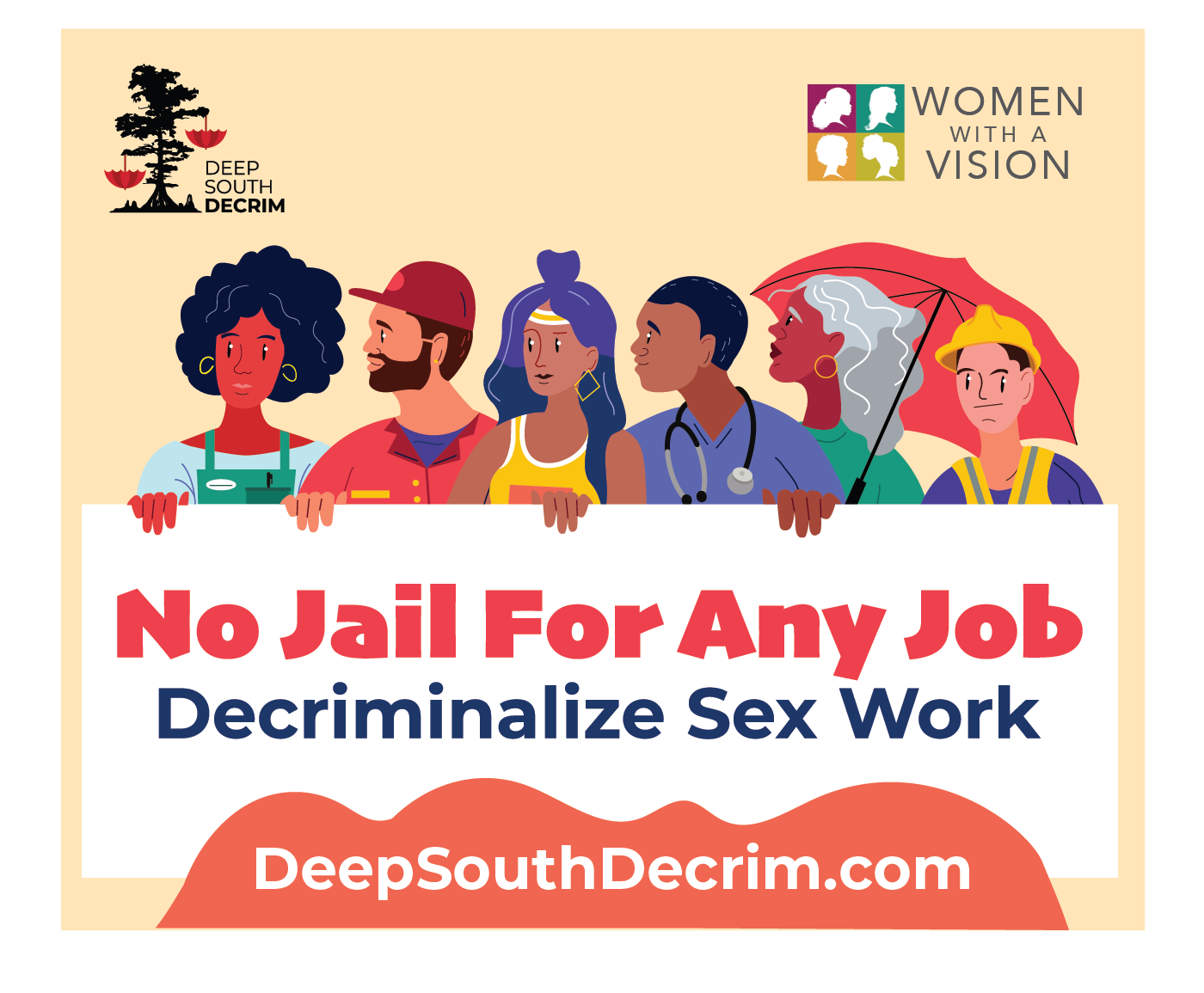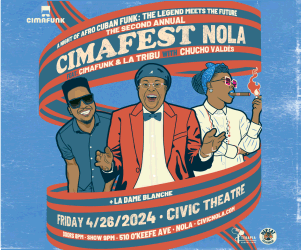The Internet and I are together again. Sorry for the radio silence, but server issues shut me down for the last week. We’ve been so busy finishing the September issue that I wouldn’t have had much to say anyway – or nothing that didn’t have a place in the pages.
Two quick notes: Trouble the Water, the Sundance award-winning documentary showing the flooding of the Lower Ninth Ward will open in New York City and Los Angeles the week of August 29, and it opens nationwide the following week. Andrew O’Hehir’s review of it at Salon.com is well worth reading. He addresses many of the race and class issues the movie raises head-on:
Watching Trouble the Water last January at Sundance, in a theater packed with white folks in upscale ski garb – other than the Robertses, the only black person I’m sure I saw there was Danny Glover – was a peculiar, cathartic, almost explosive ritual. Say whatever you want to about the privilege and liberal guilt of that gathering. It’s all true. Say that watching a movie in a Utah resort town with a bunch of people flown in from the coasts is an inadequate way to confront the horrifying legacy of Katrina, and that’s true too. But that’s how it felt. As I wrote at the time, it was hard to imagine anyone sitting through this film without feeling overwhelmed by great grief and great joy, and without being humbled by a sudden awareness of one’s own prejudices about the lives, passions and dreams of poor people.
Also, about a month ago, I posted part one of Garnette Cadogan’s interview with writer/historian/musician/provocateur Ned Sublette. Here’s part two. It’s a wide-ranging discussion, but New Orleans is the center it keeps returning to:
It’s too early to say whether New Orleans will survive. Maybe this is all just a prolonged final breath. Because if they don’t get those wetlands to the south of the city reinforced, if they don’t get those levees right, New Orleans is gonna be taken out. It’s the canary in the coalmine for what we might be seeing in other parts of the country. That tsunami in South Asia that killed 200,000 people? One reason the casualties were so high was that they had taken out the mangrove swamps and replaced them with shrimp and fish farms. The oil companies don’t even necessarily want South Louisiana to exist. They want to get the oil. And they’ve cut thousands of canals that erode away the land. The Mississippi River Gulf Outlet, which is a lethal water gun pointed at the low-lying areas, is still there. So if we don’t have real protection, we won’t have this city and culture. It’s by no means saved. It’s very much too soon to tell. But one thing we can see in the years since the tragedy of August 29, 2005, is how essential music is to the identity of the city. How essential it is to resisting the erasure of the city and its people. And also how creative the response of New Orleans has been. Music never stopped. The Banks Street Café was having gigs by candlelight before the power was back on. Coco Robicheaux was in a bar in the French Quarter when the power first came back, and he immediately took out his guitar and started playing. Music was one of the first things to get started again, and the response on the part of musicians has been so eloquent. It’s one of the most inspiring things I’ve experienced in my lifetime. Have you heard Terence Blanchard’s A Tale of God’s Will? Gave me goosebumps. At Jazzfest 2007, Henry Butler—this great figure of New Orleans piano, who lost his house, he’s living in Denver—he was back for Jazzfest, and every gig I went to Henry Butler was playing, and he was testifying. When a trumpet player drives six hours each way from Houston to make his Thursday night bar gig, you can feel his commitment in every note he plays. The second lines these days are sublime. I always finish these things by encouraging everybody to go there and see it for yourself, and participate in this culture that is so fundamental to who we are.




